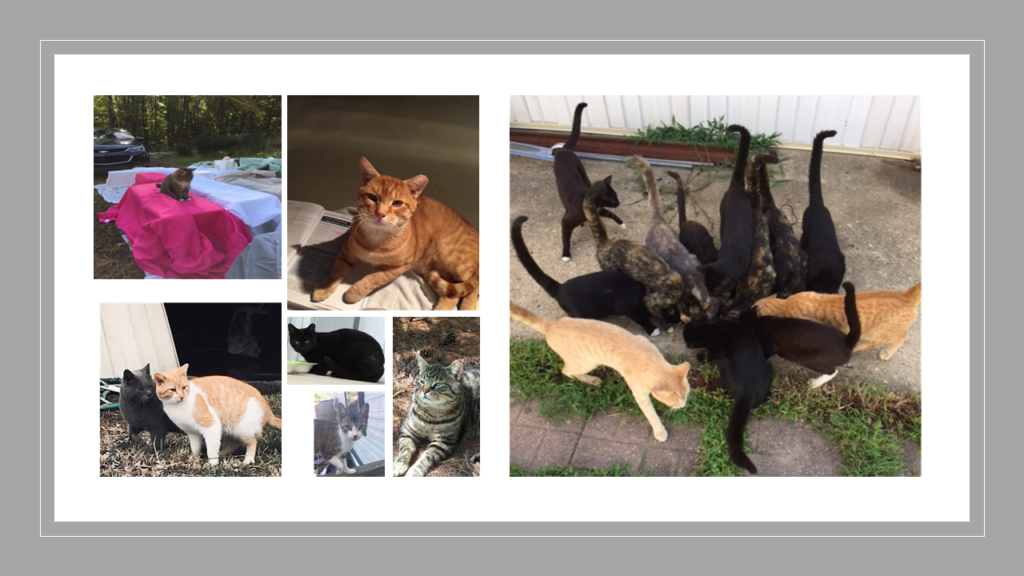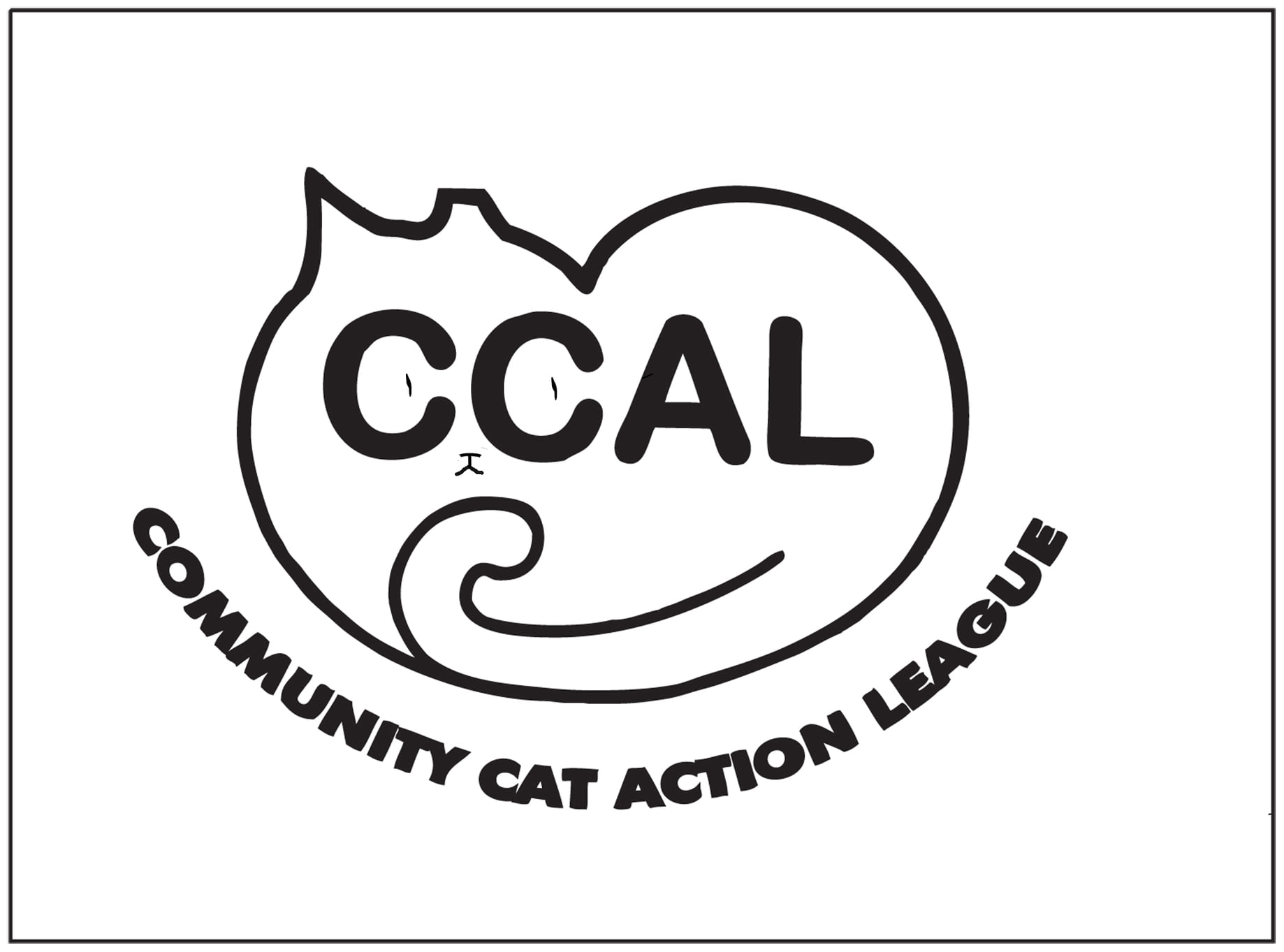
Trap-Neuter-Return (TNR) is a humane and effective strategy to stabilize the community cat population. With effective trapping and high sterilization rates, unwanted litters of kittens are prevented. Unsocialized (feral) adult cats remaining in the colony are healthier, are vaccinated for rabies, and are less prone to fighting and spraying. Socialized cats, strays and abandoned cats who have joined a colony, are put up for adoption. Communities are spared the difficult task of finding homes for new litters of kittens and the sounds of cats yowling, mating, and fighting. Over time, with good ongoing colony management, the number of cats will decrease.
Communities around the world have embraced TNR as their chosen method to reduce and manage the free-roaming cat population. Feeding bans, in addition to being inhumane, do not work, as cats are highly bound to their territories and will find a kind-hearted feeder or food source. Trap and remove (or trap and euthanize), is not only inhumane, but also leaves the territory, with its food supply and shelter, available for new cats to enter. This is known as “the vacuum effect”.
For more information on community cats and TNR, we encourage you to visit the following sites:
Neighborhood Cats
This short video explains the use of TNR as an effective strategy for managing cat overpopulation. https://www.youtube.com/watch?v=fTCTuJRkvng
The Humane Society of the United States
https://www.humanesociety.org/resources/community-cat-program
The American Society for the Prevention of Cruelty to Animals (ASPCA)
https://www.aspca.org/animal-homelessness/shelter-intake-and-surrender/closer-look-community-cats
Forgotten Cats
https://forgottencats.org/services/tnvr/
Alley Cat Allies:
https://www.alleycat.org/resources/why-trap-neuter-return-feral-cats-the-case-for-tnr/

